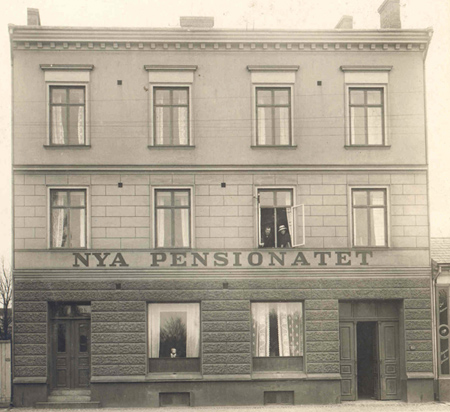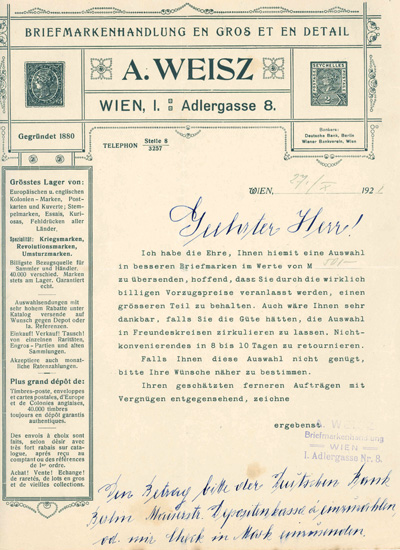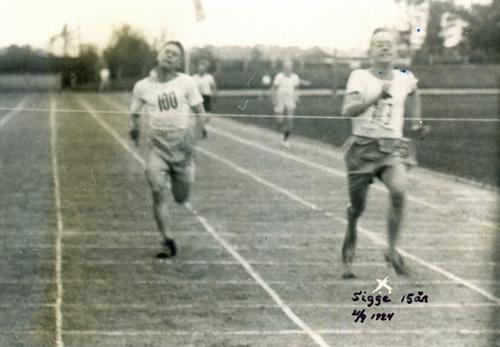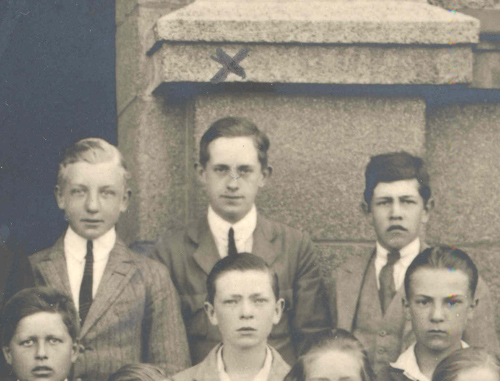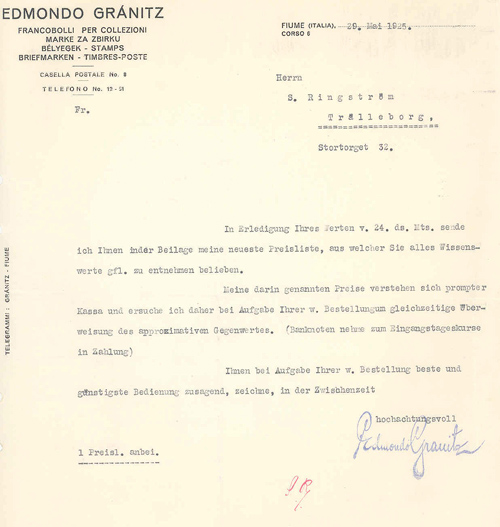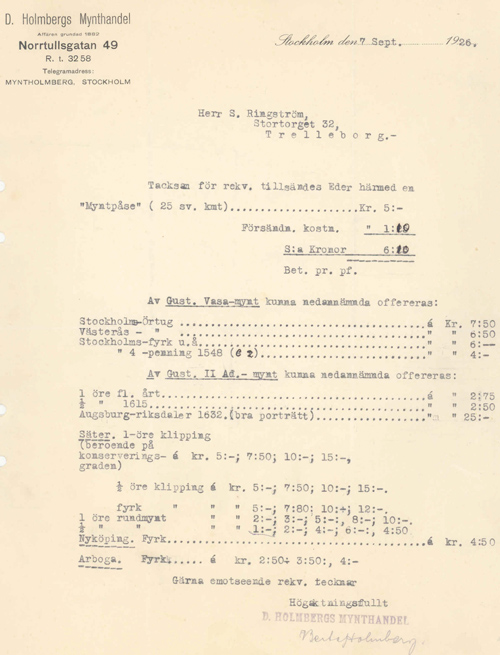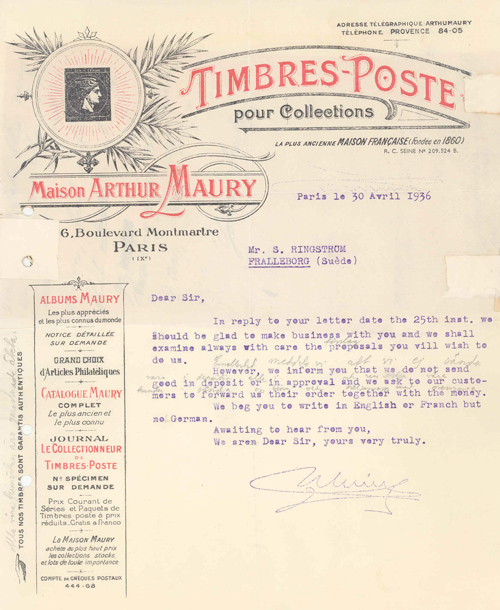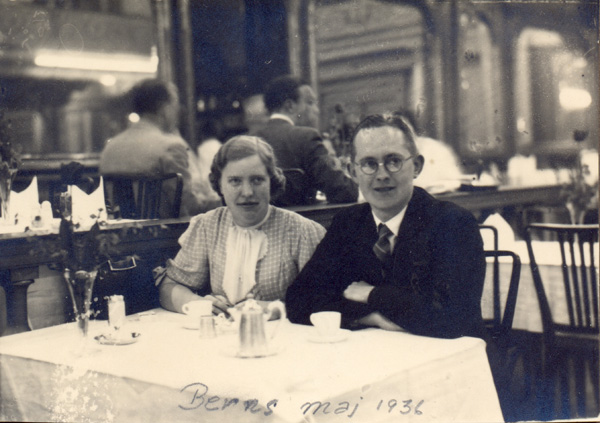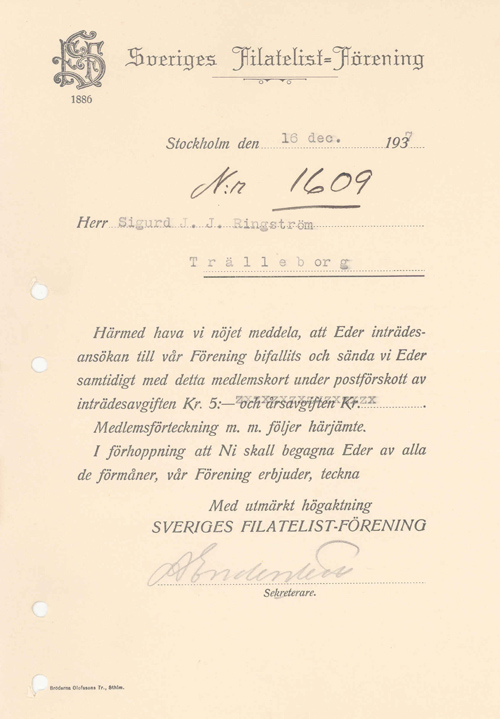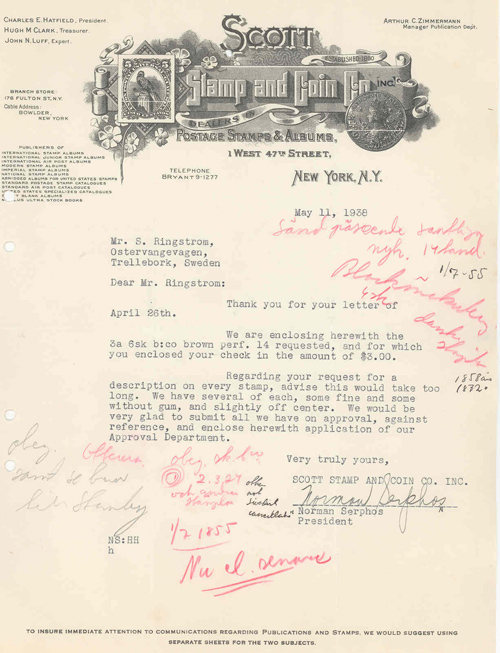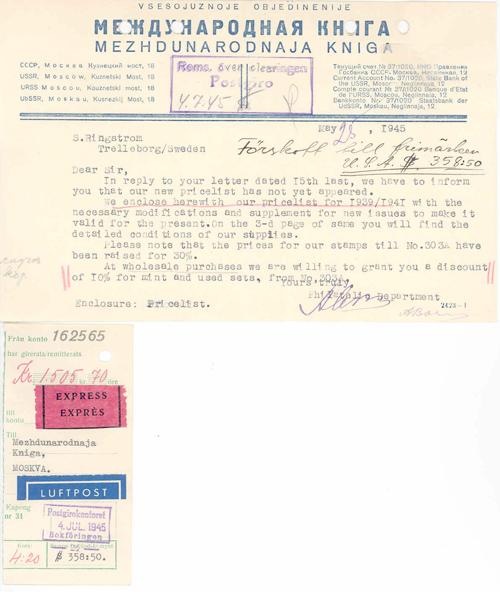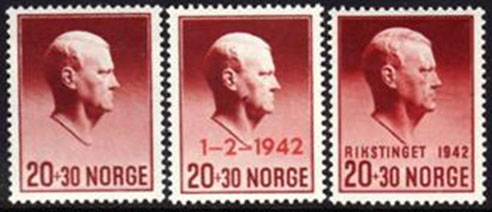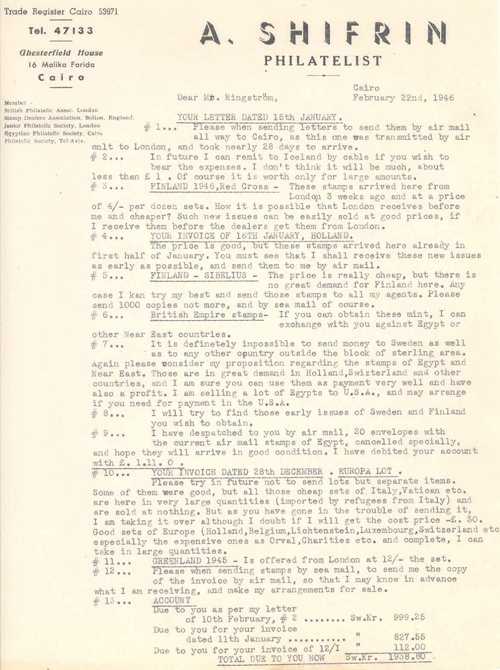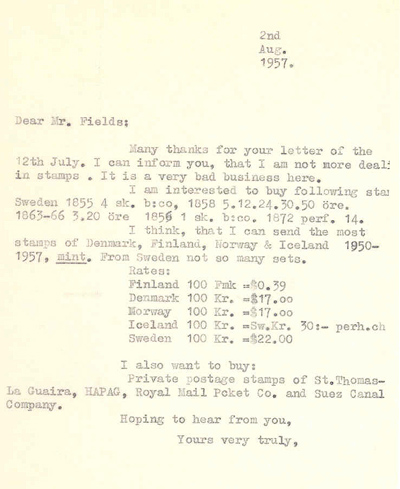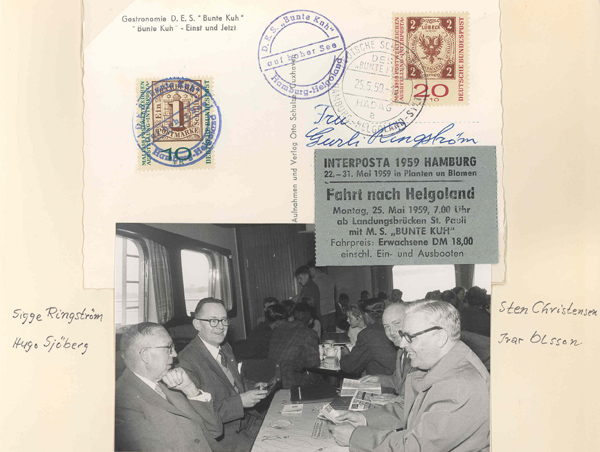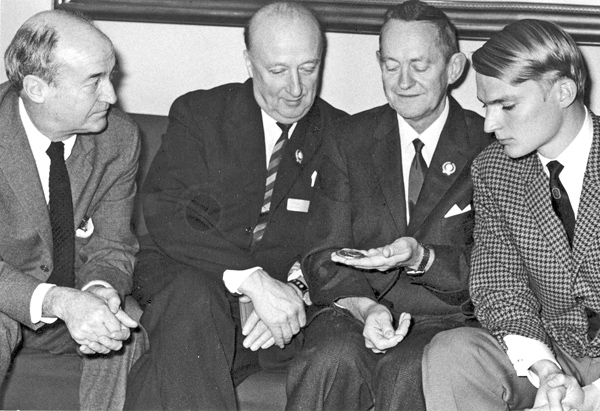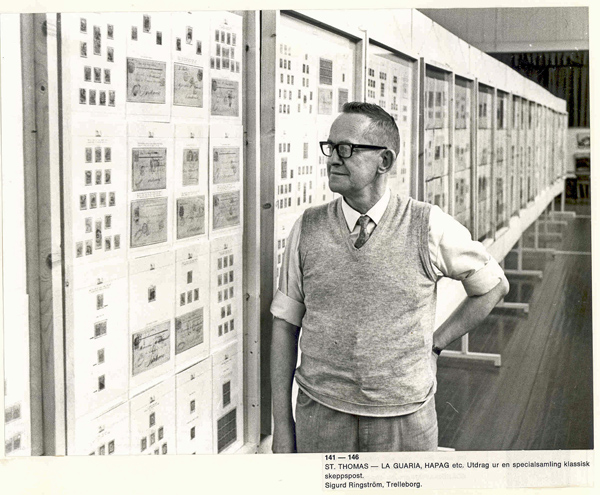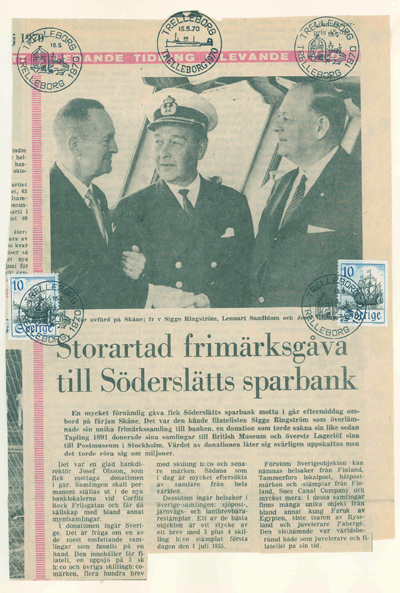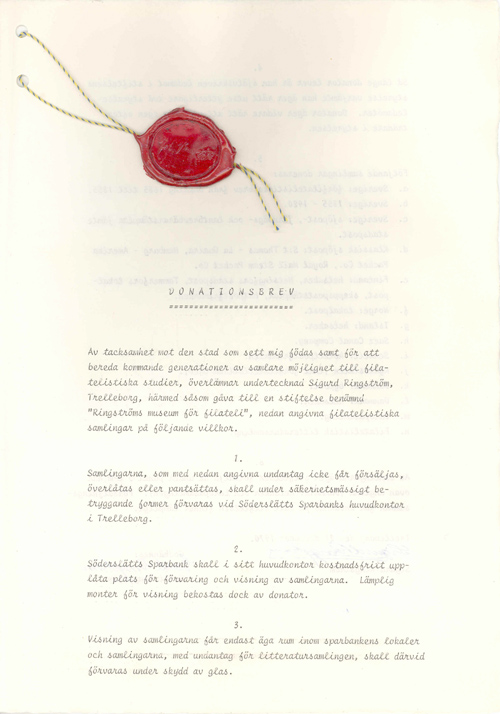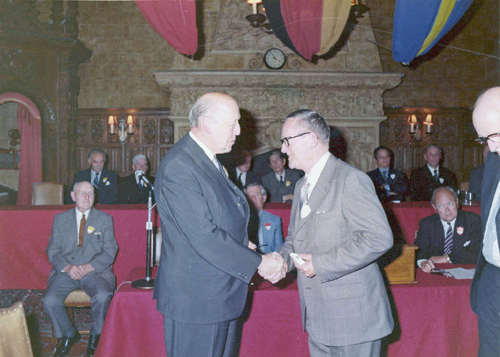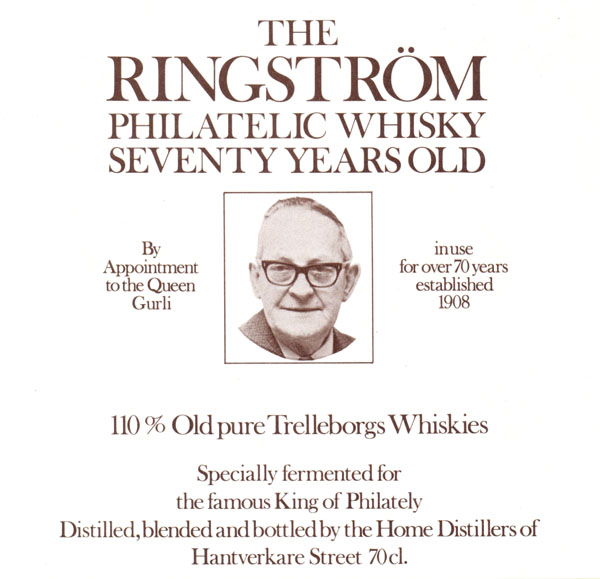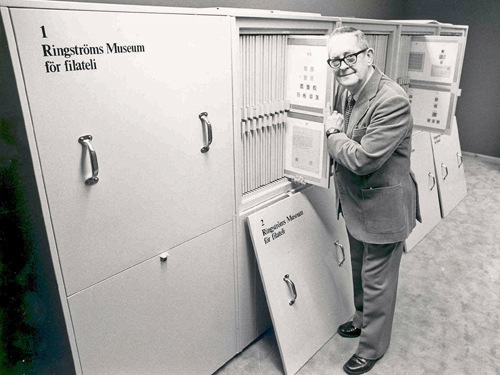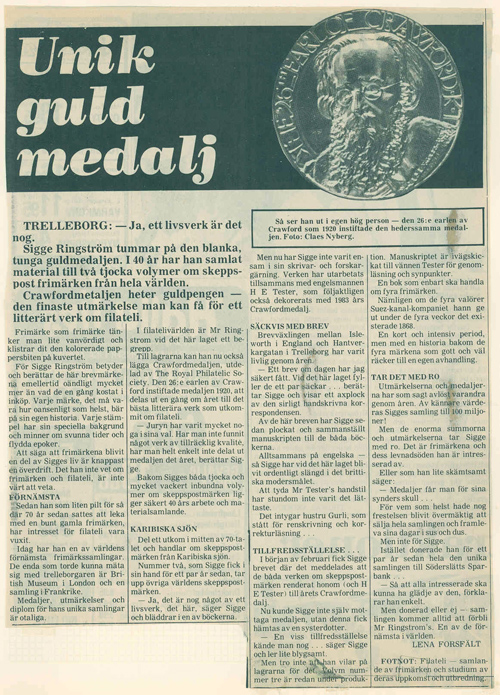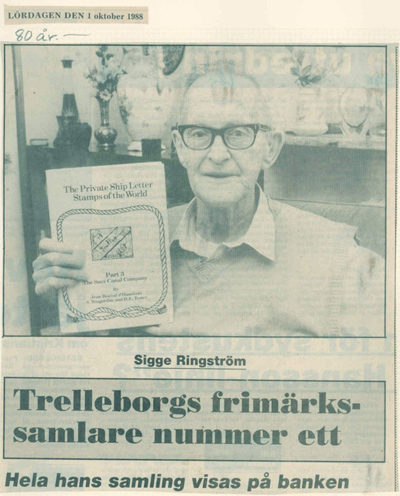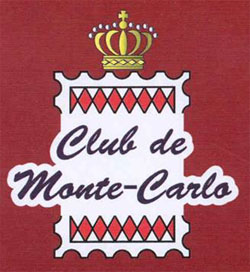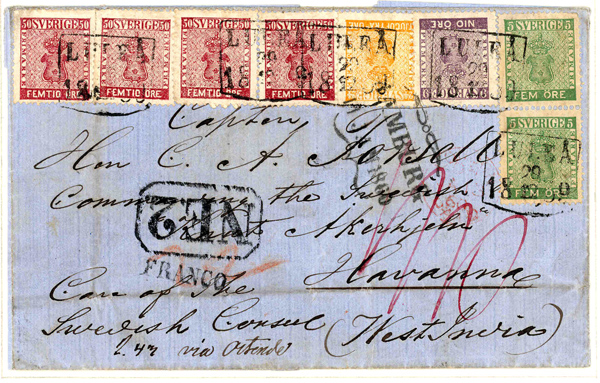 |
Sigurd (Sigge) Ringström 1908 – 1992 Sigurd Ringström, or Sigge for short, as was his most commonly used Christian name, is perhaps internationally the most well-known Swedish philatelist of all time. He was born on October 1, 1908 in his parent’s home close to the main square in Trelleborg, the southernmost town in Sweden.
Started collecting before having learnt how to read Sigge started collecting already before having learnt how to read. His mother’s uncle was a big collector and at the age of five, Sigge sat on his floor playing with stamps. When in school, he got his own stamp album and at the age of ten, he started collecting in earnest.
Employed in a company trading groceries After Confirmation and Lower Grammar-school examination Sigge got a job as clerk in a Trelleborg company trading groceries with a salary of 75 crowns a month. He later took over his father’s tasks, traveling around and selling groceries to the local dealers in the surrounding rural areas. His salary was raised and what was left over Sigge spent on stamps. Sigge early learnt German, later also English and some French. German was at that time the dominating commercial language, and until World War II Sigge wrote almost without exception in English even if the letters were to addressees in England, France or Italy.
Also interested in collecting coins Sigge also took an early interest in collecting coins as the following letter from 1926 shows, an interest that lasted throughout his life. In later years, he brought together two big collections of Swedish gold and silver coins which were inherited by his nephews.
A substantial inheritance In the early 1930’s, Sigge himself inherited no less than 10, 000 Swedish crowns, a substantial amount at that time. This made it possible for him to escalate his collecting of philatelic objects. ”Everybody advised me to invest in Kreuger shares, but I knew nothing of such things and instead bought stamps”, Sigge later told. ”I bought quite a lot from London auctioneers, got their catalogues by mail almost every week.” Sigge also built up an extensive net of contacts with stamp dealers all over the world.
A young girl named Gurli… A young girl named Gurli worked in the same company as Sigge. They took a fancy to each other, became engaged and married in 1936. They remained married for 56 years, but did not have any children.
Planning to start as professional stamp dealer In the autumn of 1939, Sigge was planning to start a career as a professional stamp dealer and launched his first auction. However, World War II came in between and in a letter dated December 10, 1939 Sigge informs Mr. E. Kihlblom in Stockholm that he has decided to inhibit his planned Auction II “as I probably will be called up for military service”. So he was, and did his service in Stockholm where he spent much of his spare time at the “Postmuseum”, one of the finest postal museums in the world with unique postal history and philatelic collections.
Already in spring 1945 when the war was not yet over, Sigge was in full swing. From the Soviet Embassy in Stockholm he gets the address to a stamp dealer in Moscow from which he orders their latest price-list.
Quisling stamps found basis of the coming big collection Thomas Sivhed (Sigge’s nephew) tells: “Immediately after the war, Sigge bought a lot of stamps from Norway, so called Quisling stamps, which no one but Americans really asked for. Sigge made a clear profit on that, and then went to Germany, the Netherlands, Belgium and Switzerland. At least one big raid every year, sometimes both in springtime and in the autumn. He travelled around for one month and went from town to town. Upon arrival, he scanned the telephone directory or already knew where the stamp dealers had their shops.” Rolf Skog: ”Soon after the war, Sigge travelled around switching butter and cigarettes against stamps, vacuuming the market. There was not one stamp dealer in Western Europe he hadn’t been visiting. Hans Köhler at G-Man, a leading printing ink factory in Trelleborg, who was German consul long before me and also philatelist, once told me that he had entered such a German stamp dealer's shop looking for some old Swedish stamps. But then he had got to hear: ’Hier gibt’s keine Briefmarken, Herr Ringström hat alles gekauft.’ (I have no such stamps, Mr. Ringström has already bought all of them). And this was after all many years afterwards.” Starts as whole-time stamp dealer In 1946, Sigge introduces himself as a whole-time stamp dealer. His marketing consists mainly of advertising in specialist press and offers to selected presumptive customers. Collectors are requested to submit objects to auctions arranged by Sigge. But there are many problems. In the following letter dated February 1946, a Lebanese stamp dealer, hibernating in Cairo during the war, complains: Sigge’s latest letter took nearly 28 days to arrive. So “please send letters by air mail all way to Cairo, not only to London…” And furthermore “It is definitely impossible to send money to Sweden…”.
In 1947, Sigge’s first public tender appears. At first hand, he offers stamps from the Nordic countries, but also from other countries and regions. But there were a lot of restrictions for many years after the war-end. As late as March 1955, the Swedish Trade and Industry Commission was for currency reasons still very restrictive in granting licenses for the import of stamps. This, amongst other things, was the reason that in 1956, Sigge gave up as professional stamp dealer. A new job with new opportunities The following year, he got a job as post-clerk at ASG, a well-known big forwarding agency with many international partners. This suited him very well – bringing excellent opportunities to maintain his international network – and he stayed there for more than 20 years until retirement.
From this letter dated August 2, 1957 it also appears that Sigge is interested not only in old Swedish stamps but also in private postage stamps of St. Thomas-La Guaira, HAPAG, Royal Mail Packet co. and the Suez Canal Company.
In 1958, Sigge for the first time took part in an international stamp exhibition in Helsinki, Finland. To his great disappointment, he was rewarded with a bronze medal only for his collection of Icelandic stationary including many rarities.
Sigge also – as another example – took part in the Interposta 1959 exhibition in Hamburg – here with some good friends on a boat trip to Helgoland.
The Distinguished Philatelic Society of Trelleborg On November 5, 1966 four gentlemen in Trelleborg possessed of philatelic interests gathered together. They unanimously decided to form ”The Distinguished Philatelic Society of Trelleborg”, later renamed ”Trelleborgs Filatelist Sällskap”. Sten Christensen, a local furniture dealer, was appointed Chairman and Sigge Ringström Deputy Chairman. Yngve Rigéus, staff medical officer at Trelleborgs Gummifabriks AB, was appointed Treasurer and Rune Borgman, leader of a local trading house, Secretary.
One of the first meetings of the Society was held in 1967 at a cozy Danish inn in Slesvig. Here Sigge also was prescribed whiskey by his friend and family doctor Yngve Rigéus – for medical reasons! Before that, he had never touched liquor.
In 1969, Sigge was awarded the Strandell medal, Sweden’s utmost philatelic mark of honor. To the right, a young Mr. Tomas Bjäringer, who worked closely with Sigge for many years.
Upon closing the exhibition on May 18, 1970 there was a big dinner on board the ferry between Trelleborg and Sassnitz. As a climax, Sigge announced his and Gurli’s donation of one of the world’s most comprehensive private collections.
A big moment was Sigge’s signing of ”The Roll of Distinguished Philatelists” in Blackpool on June 3, 1977. The above photo shows Sigge being congratulated by his mentor Georg Menzinsky
Sigge’s donation was placed in the safe vaults of the Savings Bank in Trelleborg where Sigge spent many years mounting and organizing the objects. Fear of theft, fire etc caused him to design five specially made cabinets of armor plate with unbreakable protecting glasses.
Thomas Sivhed: ”Stamps were and remained his overall passion. Beside huge steel cabinets in the safe deposit vault, he filled his entire home with stamps from the floor to the ceiling. Rolf Skog jokingly used to say that Sigge kept stamps even in the kitchen-knife drawers!”
Sigge passed away not quite four year’s later, on August 16, 1992 at the age of 83. On the above photo, Carl Aspegren and Thomas Sivhed honor Sigge’s one hundredth birthdays on October 1, 2008 at the cemetery in Trelleborg.
In autumn 2008, the ”Ringströms Museum för Filateli” was elected member of the ”Club de Monte-Carlo”, an exclusive society representing some of he world’s most prominent stamp collectors and stamp museums. As a member the “Ringströms Museum” has been invited to take part in the exhibition of rarities at MonacoPhil 2009 and 2011.
This unique letter, sent 1859 from Luleå in the Northern part of Sweden via Ostend and England to Havana, was exhibited at MonacoPhil 2009. The postage was a combination of eight stamps at a total value of 243 öre.
And at MonacoPhil 2011 the above letter was exhibited. It was sent from Mr Mohammed ben Aly of Kantara to Mr Louis Gérard in Port Said. The franking consists of four pieces of the 5 cent green stamp, each cancelled by pen stroke with the date “19 Juil” in black. Arrival datestamp of Port Said of 19th of July 1868. 2012-04-01 Carl Aspegren |
| Start | Collection | Gurli and Sigge Ringström | News | Board of Directors | Philatelic Society of Trelleborg | Links | Contacts |
 |

